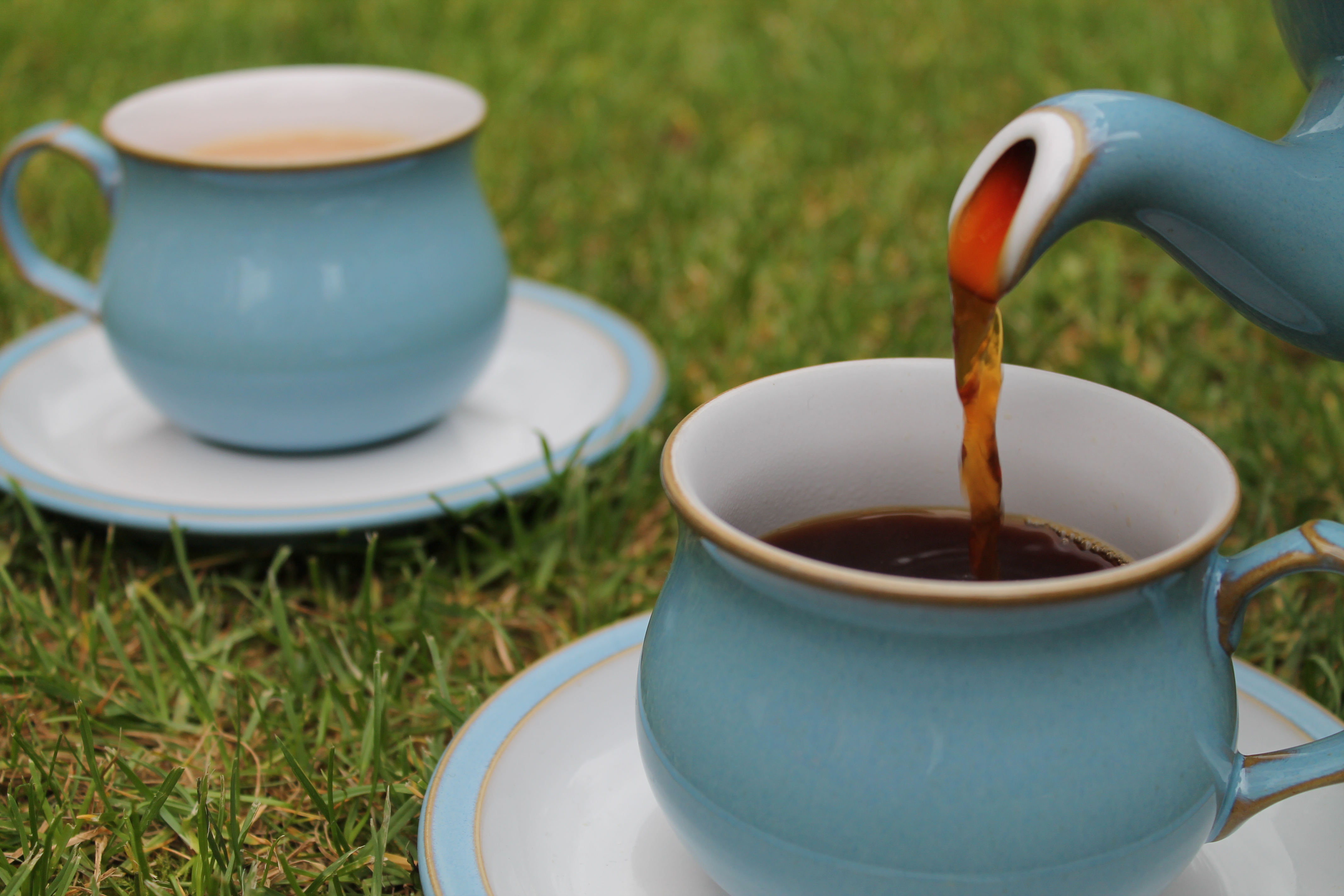 This week I’m pondering about tea (and coffee)….
This week I’m pondering about tea (and coffee)….
I’ve just started a new interim contract with a client that I haven’t worked for before. It means a new organisation to get to know, new priorities and ways of working, a new office, new colleagues – and a whole new set of tea rules! Luckily things are fairly straightforward – there’s a kitty and the milk gets delivered for everyone in the office to use. If you’re putting the kettle on, most people offer to make a brew for the others.
For a job I’ve just finished, I have been interviewing university students about their experiences on summer work placements. It’s striking how many of them have said that one of the most beneficial aspects was simply learning how to work in an office alongside other people. And that included getting to grips with the tea round!
Personally I think there’s a university dissertation to be written – if it hasn’t been already – about the different ways the tea round is handled in different organisations. I’ve worked for clients where all tea and coffee supplies are paid for centrally, where there are many small ‘milk groups’, where you make a cuppa for everyone else if you’re having one, where you just make one for yourself and that’s ok. Often I end up drinking peppermint tea because that way I just need some hot water for my tea bag!
I don’t think there’s a right or wrong way to do things. But I do suspect there is some bearing on engagement and culture. What works in one office space won’t necessarily be right for another group of colleagues somewhere else. But if you get it wrong for your setting, it will affect people’s feelings about their workplace and colleagues, thereby impacting engagement levels.
The kitchen is often a great centre of communication – it’s the classic water-cooler conversation, where people pause from their work and have a chat about the things that are uppermost in their minds. Often that won’t be work-related, but it is a great opportunity for the grapevine to kick in and for stories about the organisation to be passed along. The challenge for internal communicators is to tell really strong, meaningful stories so that they become something people want to talk about while the kettle boils. And to gather the stories that people are telling each other over the milk jug so that they can be the basis of the culture across the organisation.
How does the tea round work in your office? And does it impact your colleagues’ engagement levels? I’d love to hear your experiences.
Until next time
Sarah
